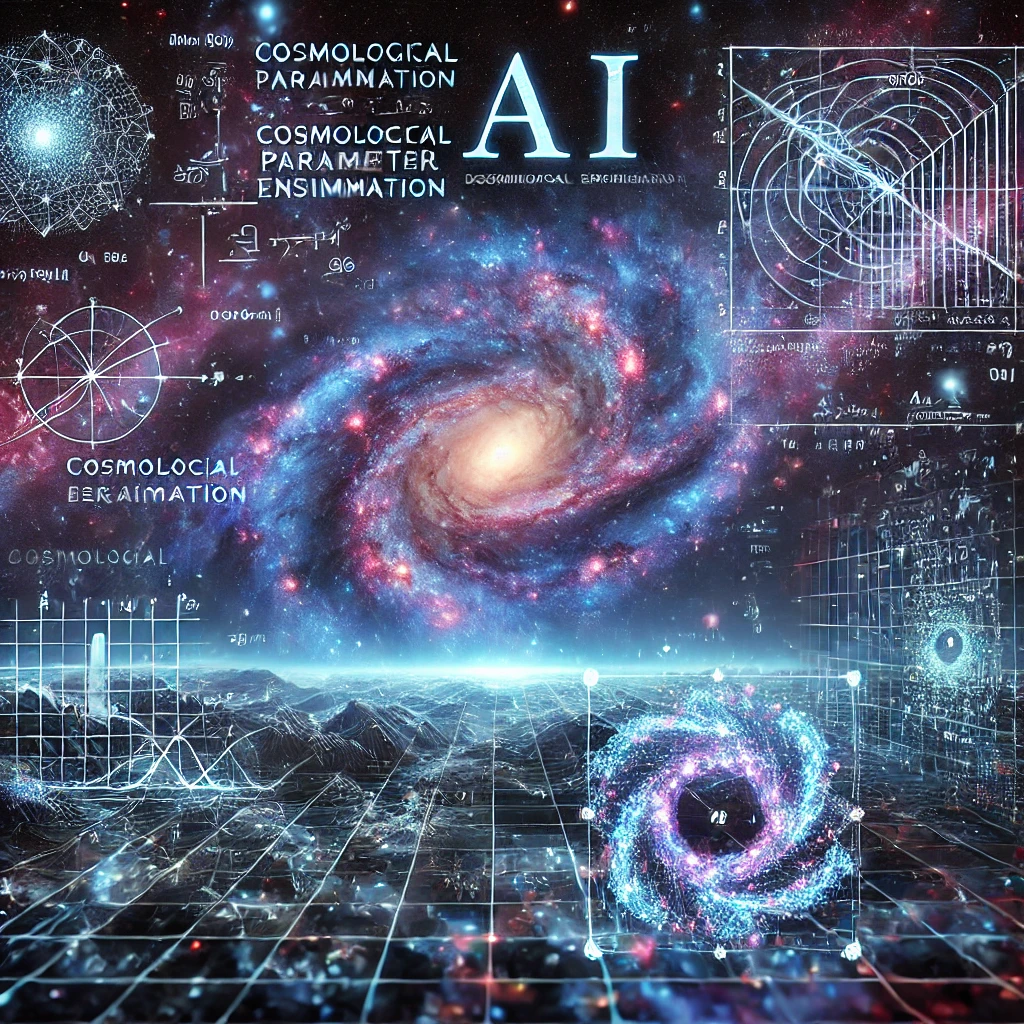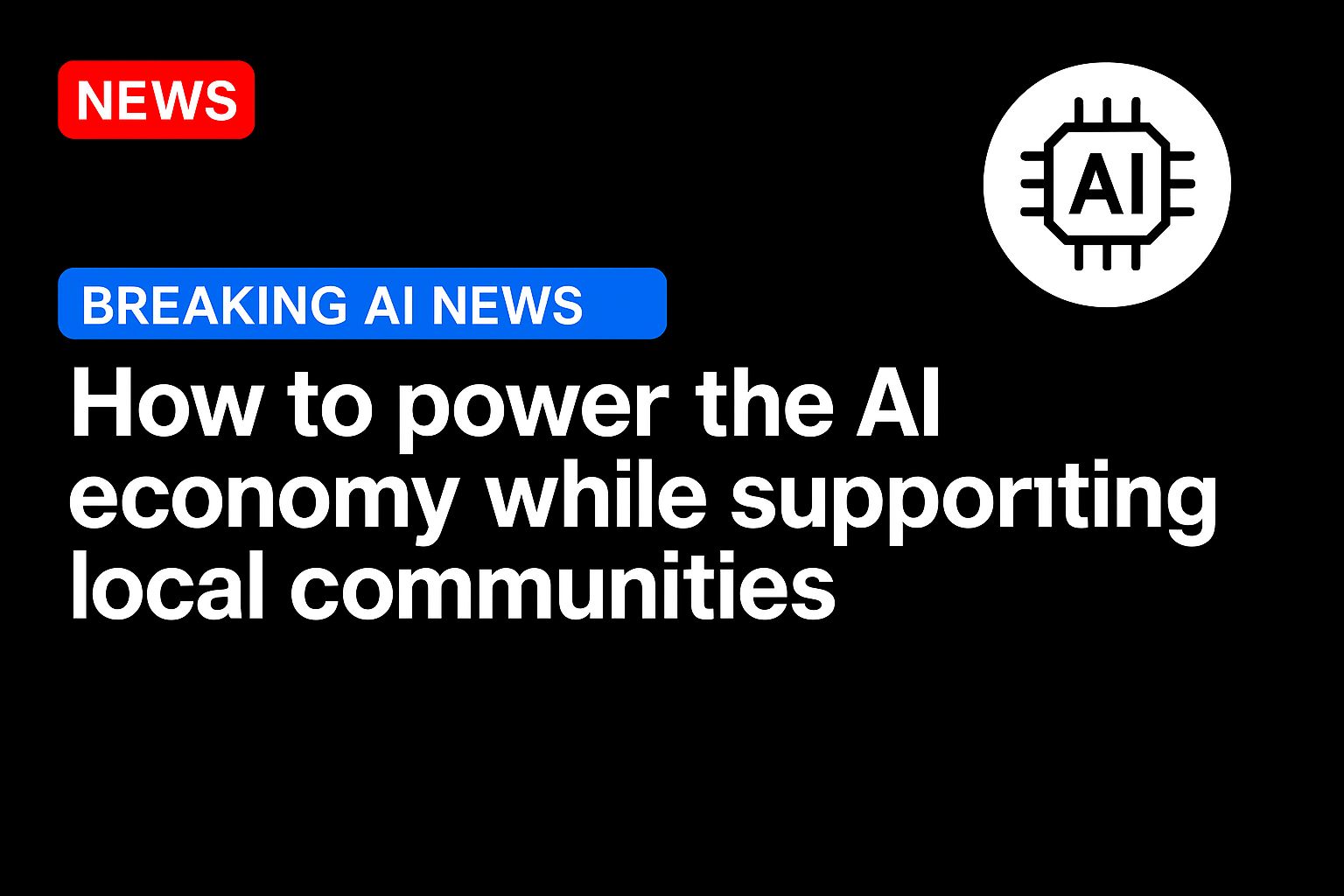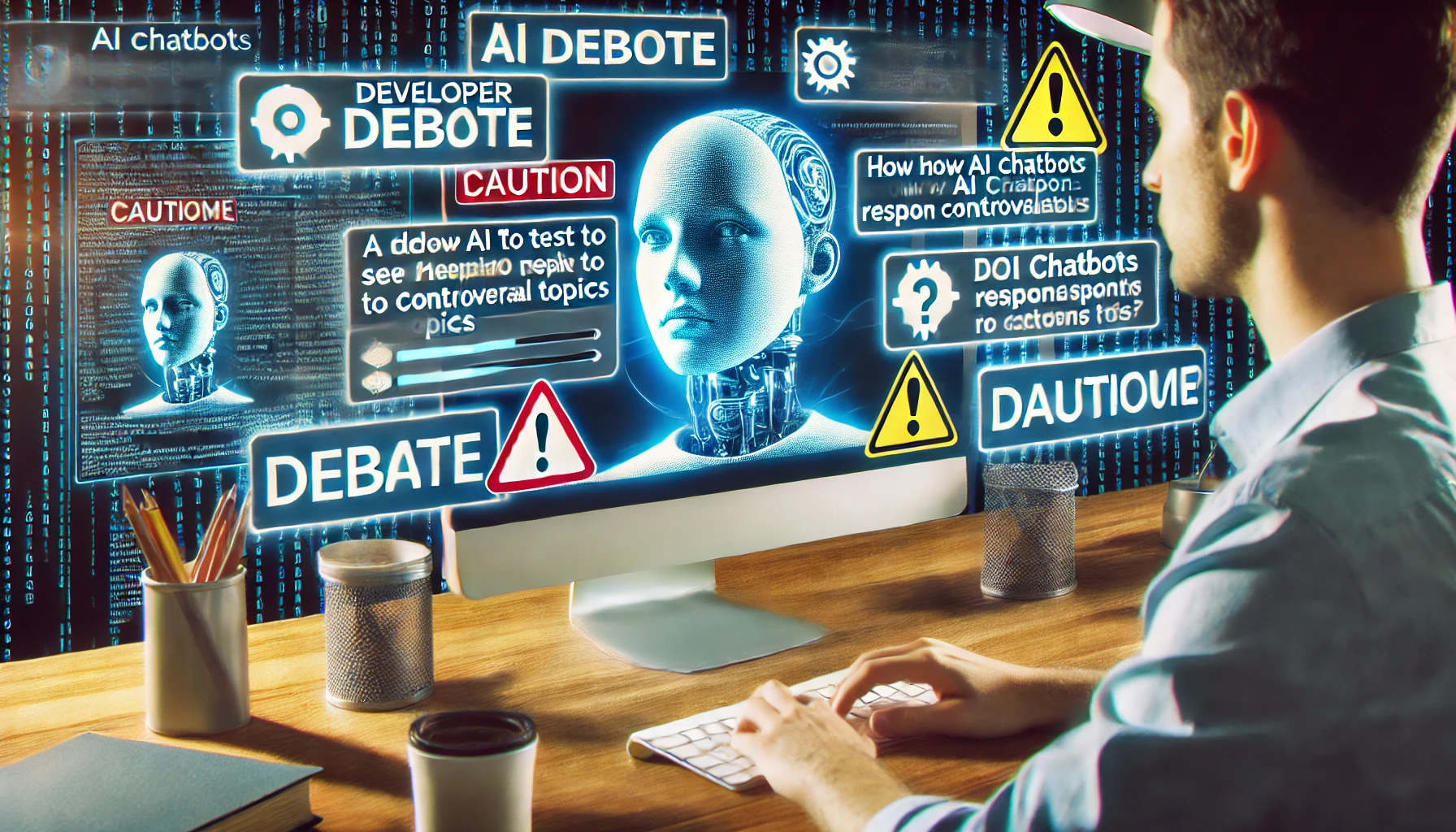In a groundbreaking development, artificial intelligence (AI) is rewriting the way we understand the cosmos, offering unprecedented insights into the universe’s structure and expansion. Using AI-powered tools to improve cosmological parameter estimation, researchers are gaining a more precise understanding of the fundamental settings that define the universe’s behavior. A notable advancement in this field is SimBIG, an AI-driven method that enhances our ability to interpret the vast, complex data generated from cosmological surveys.
Understanding Cosmological Parameters
Cosmological parameters are critical to understanding the universe. They include measurements such as the Hubble constant (which describes the rate of the universe’s expansion), the density of dark matter, and the properties of dark energy. These parameters are essential for developing models that explain how the universe evolved and how it might behave in the future.
However, estimating these parameters accurately has been a significant challenge due to the complexity of astronomical data and the sheer scale of the universe. Conventional methods rely on interpreting data from cosmic microwave background radiation, galaxy distributions, and large-scale cosmic structures, but these methods are often limited by the statistical noise and uncertainties inherent in the data.
AI’s Role in Refining Cosmological Calculations
Recent advancements in AI, particularly machine learning algorithms, are now enabling scientists to process astronomical data with far greater precision. By training AI systems on vast amounts of cosmological data, these models can identify patterns and correlations that traditional methods might miss, leading to improved accuracy in estimating cosmological parameters.
AI-driven tools, such as those used in the SimBIG project, can sift through massive datasets and find subtle relationships between different cosmic phenomena. This allows scientists to not only fine-tune existing models of the universe but also open up new avenues for understanding phenomena like the distribution of dark matter, galaxy formation, and the accelerating expansion of the universe.
The Impact of SimBIG
One of the most significant advancements in this AI-driven approach comes from the SimBIG initiative, a simulation-based inference method using Big Data and machine learning to refine our understanding of the universe’s structure. SimBIG is designed to handle the immense complexity of cosmological data by leveraging simulated universes to better estimate cosmological parameters.
SimBIG’s key innovation lies in its use of AI to compare real-world observations of the universe with simulated cosmic environments, which are generated to mirror different theoretical models of the universe’s evolution. These simulations create a “sandbox” for AI to test various cosmological scenarios, allowing researchers to explore the relationships between different parameters with unprecedented clarity.
This technique offers several advantages over traditional methods:
- Enhanced accuracy: SimBIG reduces uncertainties in parameter estimation, providing a clearer picture of how the universe behaves on both large and small scales.
- Faster computation: AI models can process massive amounts of data far more quickly than traditional methods, allowing scientists to analyze more data in less time.
- Improved theoretical models: By incorporating AI, researchers can refine existing cosmological theories and potentially uncover new aspects of the universe’s structure and behavior.
Shedding Light on the Universe’s Expansion
One of the most intriguing applications of AI in cosmology is improving our understanding of the universe’s expansion. The Hubble constant, a key measurement of the expansion rate, has been a subject of debate for years, with different observational methods producing conflicting results. AI-powered tools like SimBIG are now helping to resolve this discrepancy by offering more precise estimates of the Hubble constant, taking into account both large-scale cosmic structures and fine-grained data from distant galaxies.
In addition to clarifying the universe’s expansion rate, AI-driven methods are also shedding light on the distribution of dark matter and energy, which are thought to make up over 95% of the universe’s content. Understanding these mysterious components is critical for developing a complete model of how the universe behaves and evolves.
A New Era for Cosmology
As AI continues to advance, tools like SimBIG represent a new era for cosmology. With AI’s ability to process data at a scale and speed previously unimaginable, scientists are gaining new insights into the fundamental forces that shape the universe. By refining cosmological parameters and reducing uncertainties, AI is helping to unlock the settings of the universe, bringing us closer to answering some of the most profound questions in science.
From the expansion rate of the universe to the elusive nature of dark matter and dark energy, AI is providing a clearer lens through which we can view the cosmos. This leap forward in cosmological calculations marks an exciting chapter in our quest to understand the universe and its most fundamental principles.
The synergy between AI and cosmology, as exemplified by SimBIG, not only refines our current models but may eventually rewrite the very rules by which we understand the cosmos. With every new insight, AI is helping us edge closer to unlocking the ultimate mysteries of the universe.





